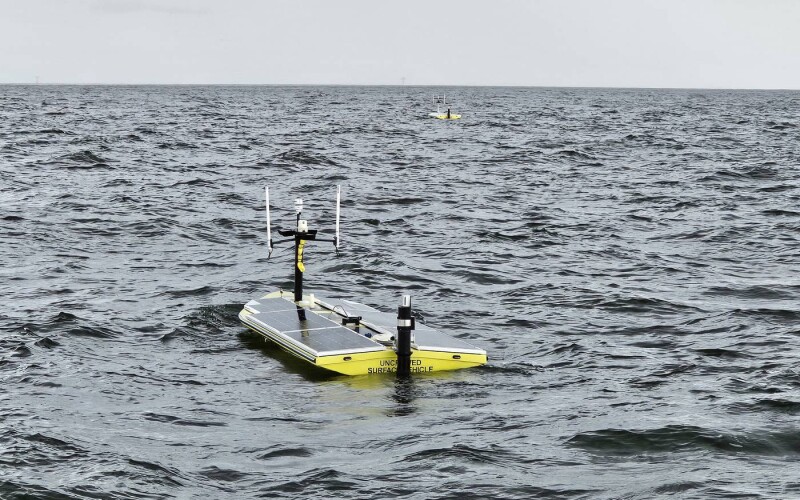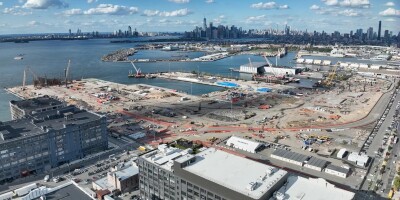Sonardyne technology and a SeaTrac Systems' uncrewed surface vehicle (USV) has been remotely gathering oceanographic data from Atlantic Ocean currents in the U.S. Gulf of Mexico.
A number of Sonardyne Origin 65 Acoustic Doppler Current Profilers (ADCPs) and Current Pressure Inverted Echo Sounders (CPIES) are currently on the seabed in the Gulf of Mexico gathering long term data on the Loop Current System (LCS).
The SeaTrac press release highlighted that understanding the LCS is important for oceanographers as it has a wide-reaching impact on many areas including the disruption of subsea operations, hurricane intensity and changes to nutrient and food cycles important to marine life. However, sending manned vessels offshore to gather this LCS data incurs risk to crews and high operational costs, as well as generates greenhouse gas emissions, the statement said.
SeaTrac recently launched its SP-48 USV from the Louisiana Universities Marine Consortium (LUMCON) in Cocodrie, La., and remotely piloted it 580 nautical miles with an HPT 7000L transceiver onboard to acoustically gather the data from the ADCPs and CPIES.
The press release noted that using the solar and battery powered USV reduced the environmental impact and cost of sending a crewed vessel for the mission whilst allowing for 24 hour operations with no manual intervention or personnel onboard.
“The use of a fully solar powered USV for a data gathering operation of this scale is a key moment in marine robotics,” said Aidan Thorn, business development manager for marine robotics at Sonardyne. “The Gulf of Mexico presents some of the most challenging ocean currents for any vessel, not-least an uncrewed one. One of the key reasons SeaTrac was chosen to partner with us on this project was their willingness to rise to the challenge and we are delighted with the results. USVs are a great platforms for collecting data from our seabed nodes and profilers through the integration of our acoustic communication technologies. We look forward to continued work with SeaTracon this project and hopefully many others.”
Three further sets of data will be gathered over the next 18 months using the same uncrewed methods before the project completes.
Further details of the project and the data collected will be announced in due course as more information is gathered.





